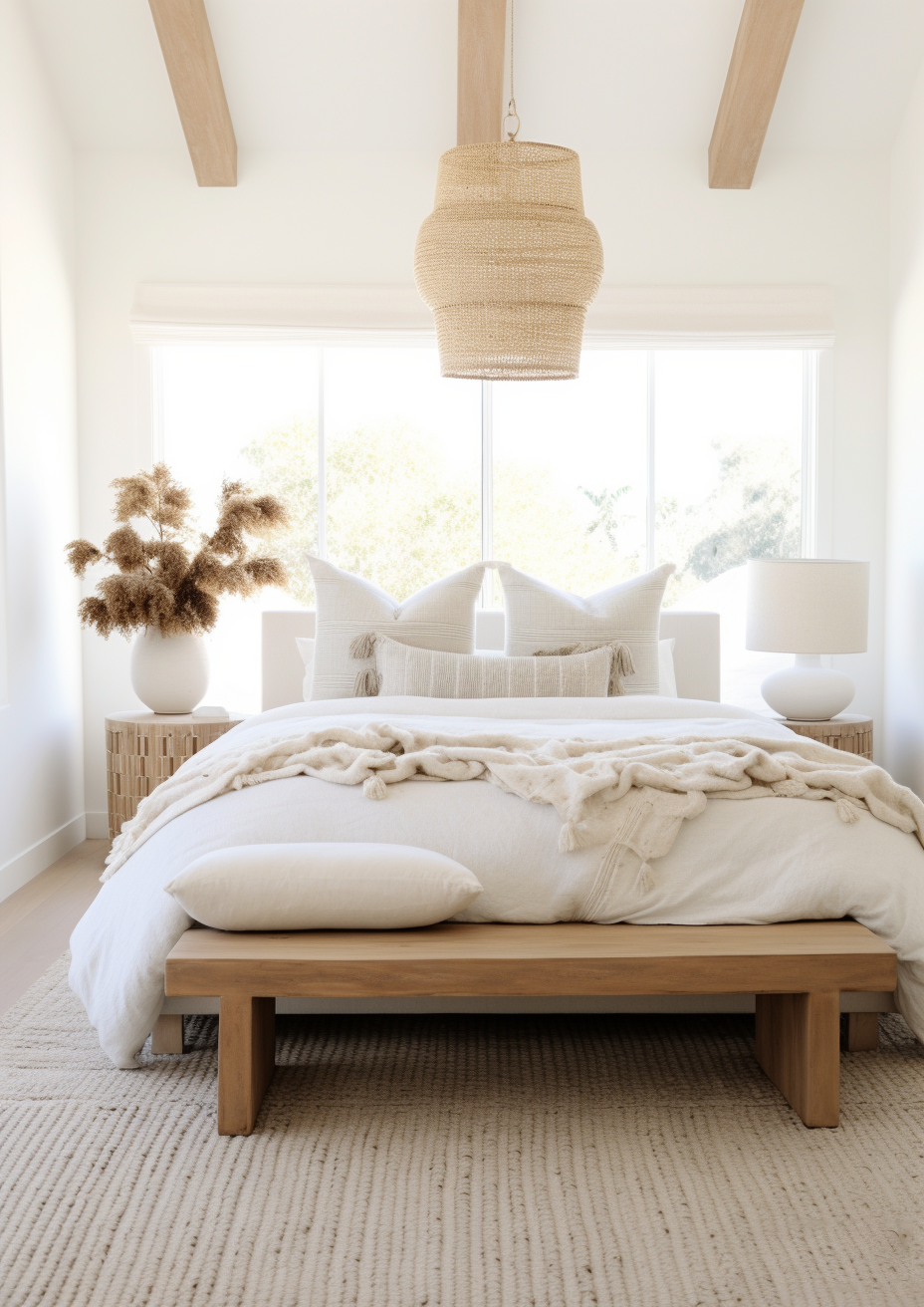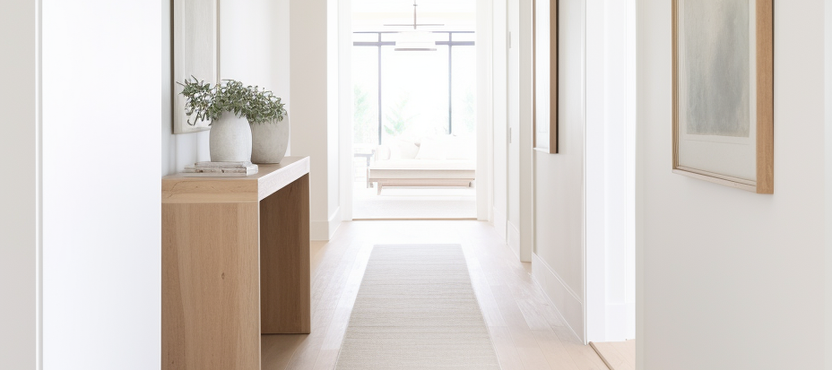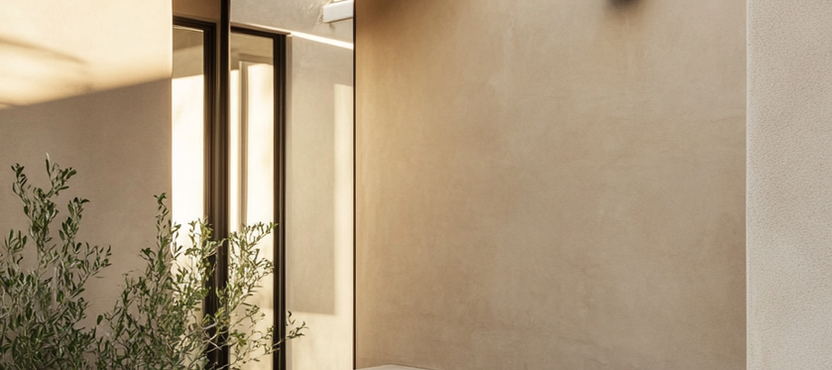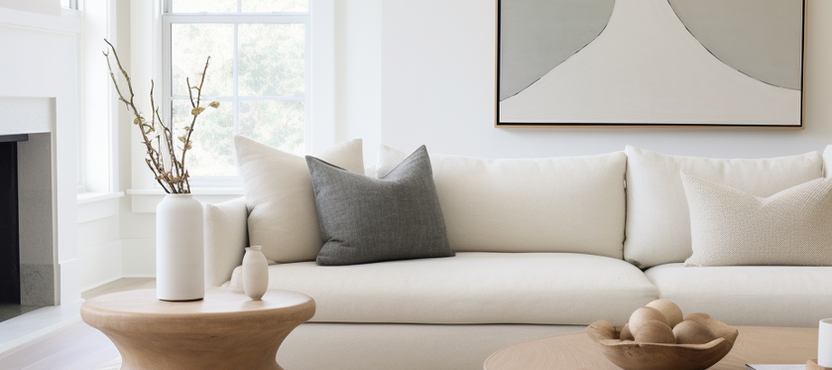How to Choose Light Fixture: The Only Guide You’ll Ever Need for a Well-Lit Home
- Beril Yilmaz

- May 1
- 5 min read
Lighting is one of the most transformative yet underestimated elements in any home design. Get it wrong, and a room can feel stark, cramped, or just plain uncomfortable. Get it right, and suddenly every space glows—literally and figuratively—with harmony, ambience, and intent. That’s why understanding how to choose light fixture options for each space is so crucial.
The beauty of lighting lies not only in the fixture itself, but also in how it interacts with the space around it. From casting gentle shadows to defining zones in an open-plan layout, lighting plays both a functional and emotional role in our interiors. Whether you’re revamping your lounge, dining area, bedroom, or hallway, the right light fixture will set the tone in more ways than one.
But choosing lighting is not just about what catches your eye in a shop or on Pinterest. It’s about scale, purpose, finish, layering, and how it works with your ceiling height and furniture placement. If you’ve ever stared at a too-tiny pendant or found yourself blinded by an overhead spotlight, you know exactly what we mean. Let’s walk through the full breakdown of how to choose light fixture pieces like a pro.
1. How to Choose Light Fixture: Think Beyond the Bulb

Before getting swept up in design choices, pause to ask: What function will this light serve? Is it meant for general illumination, mood lighting, task lighting, or all three?
There are three main types of lighting you’ll want to balance:
Ambient lighting: your room’s main light source, usually a ceiling fixture.
Task lighting: lights for specific jobs—think reading lamps, under-cabinet lighting, or vanity lights.
Accent lighting: decorative, mood-setting lights like picture lights, wall sconces, or LED strips.
Once you’ve identified what you need, you can layer light effectively, making each space feel dynamic and purposeful. A single ceiling light won't cut it anymore—it’s all about using different sources in harmony.
2. How to Choose Light Fixture: Choose the Right Material & Finish

Style matters, but finish and material can completely change the vibe of a room. A matte black fixture feels sleek and modern, while aged brass adds a timeless, vintage touch. Materials also influence how light is diffused. A clear glass pendant will cast a crisper glow, whereas frosted glass offers a soft, muted ambience.
Consider the existing finishes in your space—door handles, taps, cabinet hardware—and aim to either match or complement. Mixing metals can look sophisticated if done intentionally. For example, pairing brushed brass with matte black works beautifully when balanced throughout the room.
Woven rattan, porcelain, ceramic, smoked glass, and even paper are trending in 2025 for their ability to bring texture and artistry to a space. Let your light fixture double as sculpture.
3. How to Choose Light Fixture: Match the Style to the Room’s Personality

Not every room needs the same mood. A soft-glow pendant might be perfect in a bedroom, but it’ll be useless in a kitchen where task lighting is critical.
Your lighting should echo the tone of the room. If your space is minimalist, choose clean-lined fixtures with a slim profile. For more classic or traditional interiors, opt for chandeliers, lanterns, or candelabra-inspired styles.
Mixing eras can also make a space sing. A contemporary light in a period home creates contrast that feels fresh, not forced. Conversely, a mid-century modern chandelier in a sleek new-build adds soul. Just keep the finishes cohesive and the proportions balanced.
4. How to Choose Light Fixture: Mind the Scale and Proportions

Even the most stunning light fixture will look off if it’s too big or too small for the space. This is one of the most common design mistakes we see—and luckily, one of the easiest to fix.
For scale, follow these general rules:
Room-wide lighting: Add the room’s width and length (in feet) and convert to inches. That number is your target fixture diameter.
Over a dining table: The fixture should be ⅔ to ¾ the width of the table.
Above a kitchen island: Use two or three pendants spaced 24–30 inches apart, hung 28–34 inches above the surface.
Always account for ceiling height, too. Low ceilings benefit from flush or semi-flush mounts, while tall ceilings can carry off dramatic pendants and tiered chandeliers.
5. How to Choose Light Fixture: Use Light Temperature to Set the Mood

Ever noticed how some rooms feel cosy and others feel stark? That’s often down to light temperature. Measured in Kelvins (K), this determines the "warmth" or "coolness" of the light.
2700K–3000K = warm white (cosy, relaxing; ideal for bedrooms and lounges)
3500K–4100K = neutral white (balanced and practical; good for kitchens and bathrooms)
5000K–6500K = cool white/daylight (sharp and crisp; best for workspaces or task lighting)
Using dimmable fixtures or smart bulbs allows you to adjust the light temperature throughout the day. This is especially helpful in multi-use rooms like open-plan kitchens or living spaces.
6. How to Choose Light Fixture: Don't Forget Dimmers and Controls

Choosing a beautiful fixture is just the beginning—how you control your lighting matters just as much.
Dimmers are essential for creating mood and versatility, particularly in dining rooms, bedrooms, and lounges. Smart lighting systems take this a step further, letting you customise brightness, colour, and timing via phone or voice command.
Consider which switches or apps will integrate best into your home. Also think about location—will you need a second switch by the bed? Can the hallway light be turned off at both ends? These are the details that make lighting work seamlessly in your life.
7. How to Choose Light Fixture: Let Statement Pieces Shine

In every home, there’s room for at least one statement light—a sculptural pendant, an eye-catching chandelier, or even a colourful sconce. But be strategic.
A bold fixture deserves space to breathe. Let it be the focal point, and keep surrounding elements simple. In open-concept homes, use standout lighting to define “zones,” such as a dining area or reading nook.
Statement pieces are also a great way to experiment with trends—without committing to a full renovation. Right now, mushroom lamps, fluted glass pendants, and deconstructed shades are big for 2025. Let your lighting do the talking.
8. How to Choose Light Fixture: Mix and Match, But Make It Intentional

Matching every light fixture in your home can feel flat. But mixing without a plan can feel chaotic. The sweet spot lies in intentional variety.
Pick a theme—like shape, material, or colour palette—and vary the designs within that framework. For example, you could use black metal fixtures throughout the house, but change the form: a linear chandelier in the dining room, an orb pendant in the hallway, sconces in the lounge.
This keeps your lighting consistent but far from boring. Think of it as curating a collection rather than buying a set.
FAQ: How to Choose Light Fixture
Q: Can I mix different light fixture finishes in one room?Yes! Mixing finishes (like brass and matte black) adds depth. Just keep one finish dominant and the rest as accents for balance.
Q: What's the best light temperature for a living room?Warm white (2700K–3000K) is ideal for cosy, inviting spaces like lounges.
Q: Should all light fixtures in an open-plan space match?They don’t need to match, but they should coordinate. Use shape, colour, or material as a unifying thread.
Q: How do I choose the right size chandelier for a small room?Add your room’s length and width in feet and convert to inches. That number is a good chandelier diameter in inches.
Q: What if I want to install a statement light but I rent?Go for plug-in pendants or sculptural floor lamps that don’t require rewiring or drilling.
Need Help Choosing Light Fixtures That Actually Work?
At BY Design And Viz, we’re experts in architectural, interior, and exterior design. Whether you’re upgrading one room or designing a whole home, we’ll help you choose lighting that enhances every inch of your space—functionally and beautifully.
Book a consultation today and let us light the way.


































